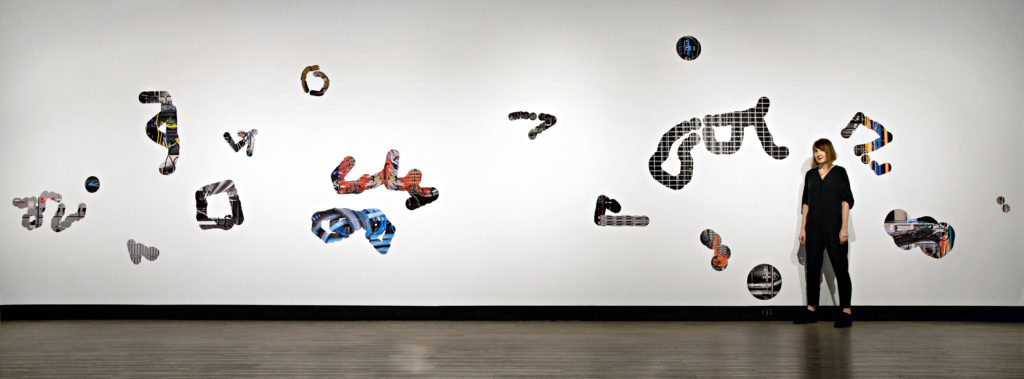Data Shadows, Silicon Valley
Solo show at Santa Clara University
Exhibition Dates: July 14 – September 21, 2017
Opening reception: Friday, July 14, 5:30-7:30pm
Edward M. Dowd Art & Art History Building Gallery
Gallery hours: Monday – Friday, 9am-4pm
This exhibition is a photographic investigation into the physical apparatus of the Internet and digital surveillance. As our daily lives become increasingly mediated, connected and transparent, the trails of information we leave behind as we traverse the Internet have come to represent digital extensions of our identities. These digital identities, or “data shadows,” have significant effects on our relationships to large institutions, our social interactions, and our daily experience, yet we remain only vaguely aware that our personal data is both a part of us and simultaneously hidden and beyond our control. At this unique moment in history, this work offers a symbolic gesture of “counterveillance” – an attempt to illuminate the locations of our data and use photography to peer back into the apparatus of digital surveillance on a global scale.
Over the course of the past three years, Erickson has traveled extensively to photograph every Google Data Center in the United States and Europe, the largest data facilities of Apple and Facebook, as well as Microsoft, Dell, Yahoo and others. The resulting bodies of photographs show the enormous, yet unremarkable exterior structures alongside the brightly colored, frenzied interior technology, pointing to the complexity of activities taking place within these deceptively minimal and inaccessible compounds. Eye tracking technology has been utilized to create uniquely shaped photographic objects that have been drawn with Erickson’s gaze into this archive of data center interiors and exteriors. This exhibition also includes an interactive eye tracking installation that maps the gallery viewer’s interactions with photographs in real time, and projects the accumulated eye trails onto the wall behind them for others to voyeuristically observe the visual path across the photographs.

